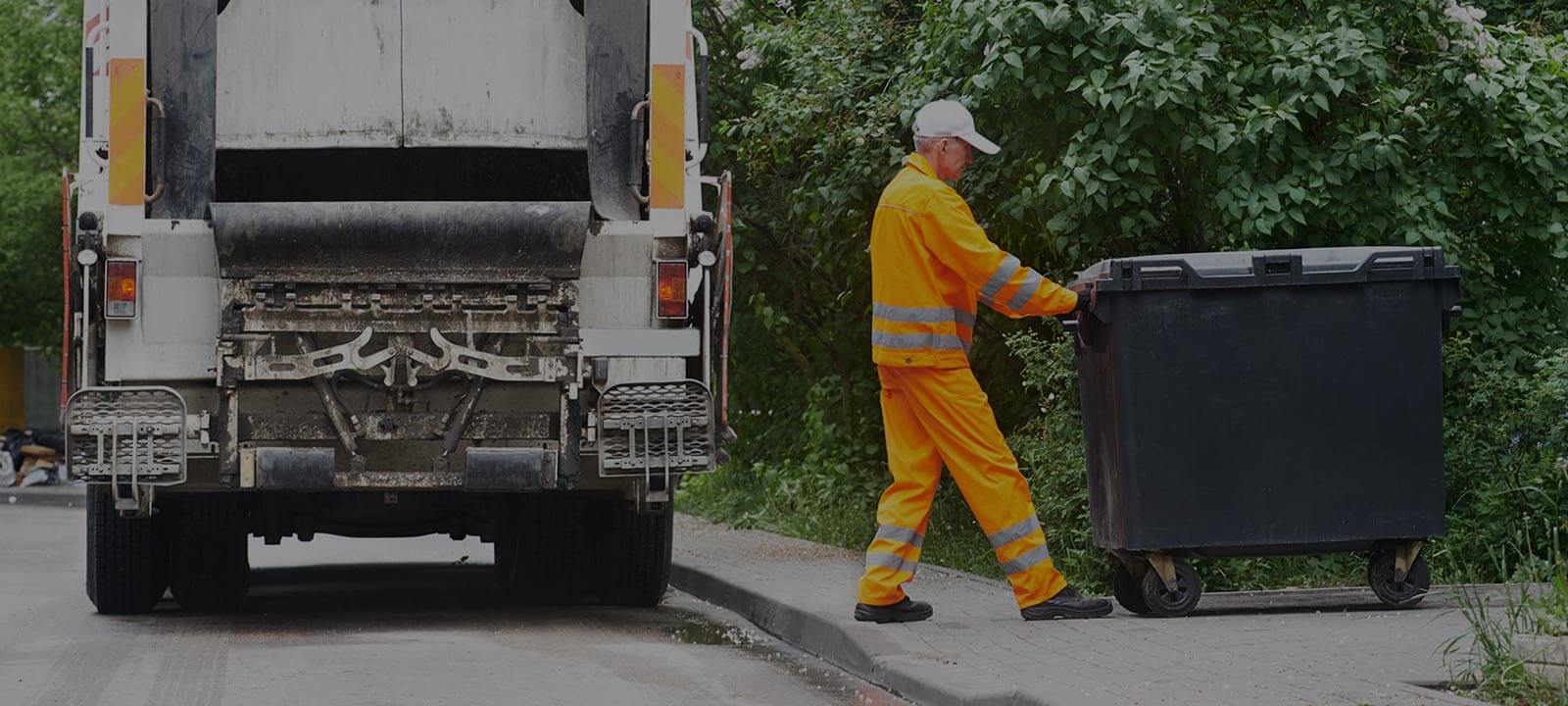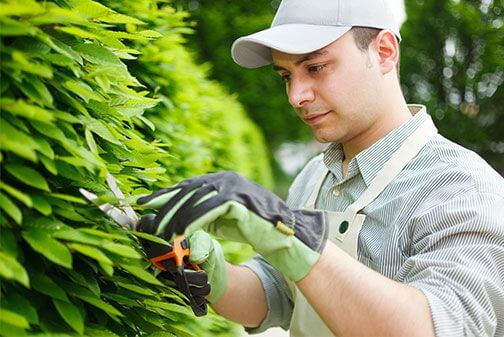Eco-Friendly Packaging Regulations
Posted on 15/04/2025
The increasing awareness around environmental sustainability has led to a significant overhaul in policies and regulations related to packaging across the globe. Governments, organizations, and consumers are now more focused than ever on eco-friendly packaging options. This article delves into the nuances of eco-friendly packaging regulations, offering an in-depth look at the current landscape and future trends in this crucial area.
The Need for Eco-Friendly Packaging
Packaging waste constitutes a significant portion of the global waste problem. Traditional packaging methods, primarily involving plastics, contribute heavily to landfill growth and ocean pollution. This has severe repercussions on wildlife and human health, exacerbating climate change issues. The need for stringent eco-friendly packaging regulations thus arises from the need to mitigate these environmental hazards.

Global Overview of Eco-Friendly Packaging Regulations
Countries around the world have enacted various regulations to curb the impact of packaging waste. These regulations differ based on local environmental issues, economic conditions, and technological advancements. Here are some key examples:
European Union (EU)
The EU has been a frontrunner in promoting sustainable packaging practices. Their comprehensive regulatory framework targets reduction, reuse, and recycling of packaging materials. The Waste Framework Directive and Landfill Directive are prominent legislations guiding these efforts:
- By 2030, all plastic packaging in the EU market will be recyclable.
- Reduction of single-use plastics through bans and increased recycling targets.
- Encouragement of innovative packaging designs that minimize environmental impact.
United States
While the U.S. does not have a single federal regulation specifically targeting eco-friendly packaging, various states have implemented their policies:
- California: The state has set ambitious recycling targets and bans on single-use plastics.
- New York: Implements strict regulations on plastic bag usage and promotes alternative packaging solutions.
Additionally, the EPA's Safer Choice Program promotes environmentally friendly products, including packaging materials.
Key Elements of Eco-Friendly Packaging Regulations
The regulations focus on several core elements to ensure sustainability:
Material Composition
Regulations often specify the types of materials that can be used in packaging. They encourage the use of biodegradable, compostable, and recyclable materials over traditional plastics.
Product Design
Innovative designs that reduce material usage and promote reusability are highly encouraged. Regulations may set standards for the compactness, durability, and overall environmental footprint of packaging.
Labeling and Information Disclosure
Clear labeling helps consumers make informed decisions. Regulations usually require transparent information about the recyclability and environmental impact of packaging materials.
Economic Instruments
Several regulations employ economic tools like taxes, fees, or incentives to encourage sustainable practices. Examples include imposing a tax on plastic bags or offering subsidies for the development of eco-friendly packaging technologies.
Compliance and Enforcement
Compliance with eco-friendly packaging regulations often involves stringent monitoring and reporting systems. Governments may require companies to submit detailed reports on their packaging practices, including the types and quantities of materials used. Non-compliance can result in hefty fines, product recalls, or even bans.
The Role of Technology in Sustainable Packaging
Technological advancements play a significant role in achieving the goals set by eco-friendly packaging regulations. Innovations in materials science have led to the development of groundbreaking solutions such as:
- Biodegradable Plastics: Derived from natural resources like cornstarch, these plastics degrade more quickly than traditional ones.
- Edible Packaging: Made from natural ingredients, this type of packaging can be consumed along with the product, eliminating waste entirely.
- Smart Packaging: Utilizes sensors or indicators to provide real-time information about the product, reducing the need for excessive materials and designs.

Challenges and Future Directions
While the move towards eco-friendly packaging is promising, it poses certain challenges:
- Cost Implications: Sustainable materials and technologies often come with higher production costs.
- Technical Limitations: Some biodegradable materials may not yet match the durability and versatility of traditional plastics.
- Consumer Habits: Shifting consumer behavior towards accepting and actively choosing sustainable packaging can be slow.
Moving forward, global collaboration and harmonization of regulations can create a more unified approach to mitigating packaging waste. Additionally, ongoing research and development will be crucial in overcoming the existing limitations of sustainable packaging solutions.
Conclusion
Eco-friendly packaging regulations represent a critical step in the global effort to combat environmental degradation. By establishing clear guidelines and promoting sustainable practices, these regulations aim to significantly reduce the environmental footprint of packaging waste. As both technology and consumer awareness continue to evolve, the potential for innovative and effective eco-friendly packaging solutions will undoubtedly expand, paving the way for a more sustainable future.
In summary, while the challenges are significant, the collective efforts of governments, businesses, and consumers hold great promise. Sustainable packaging regulations not only protect our environment but also inspire a culture of responsibility and innovation, ultimately leading to a healthier planet for future generations.






